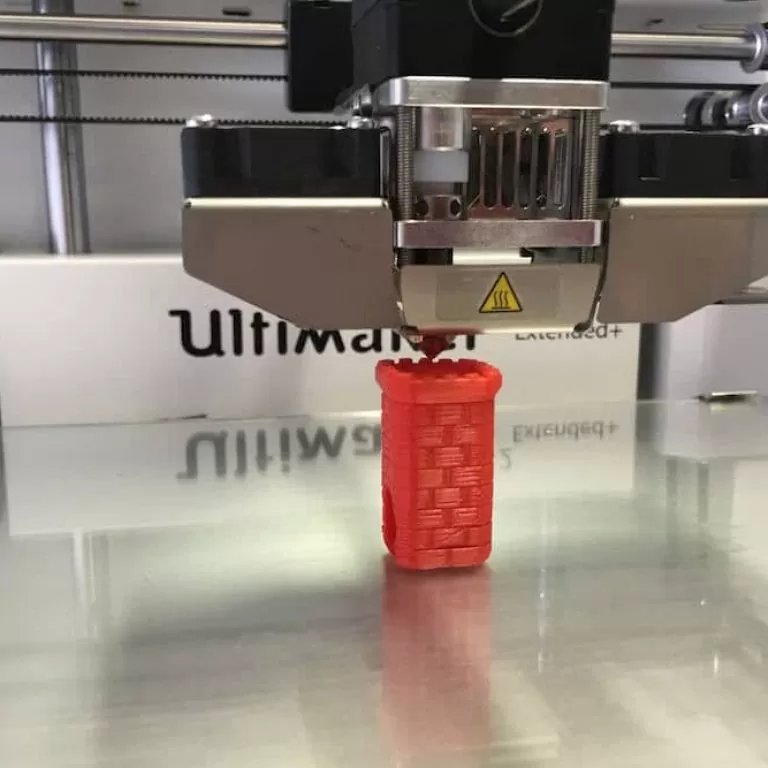
News Time-Lapse Trends: 3D printing
“Time-Lapse Trends” is a video blog series which draws attention to some of the many exciting trends in time-lapse production. We feature a new trend in each instalment, to demonstrate the scope of the medium and the various ways in which it is applied, ranging from the popular to the more obscure.
In this instalment, our focus is 3D printing which has become an incredibly popular subject for time-lapse edits uploaded to video platforms like YouTube.
As a process that has become increasingly common in the 21st century, 3D printing involves the layering of materials via computer controlled equipment to create an object.
Process
Also referred to as additive manufacturing, objects of any shape and geometry can be produced using digital data from a 3D model or another source, such as an Additive Manufacturing File (AMF).
AMF is an electronic format which enables computer-aided design (CAD) software to describe the shape and composition of any 3D object so that it may be recreated on any 3D printer.
Digital data including the shape and appearance of a real object is collected via a 3D scanner, which then sends the geometric data to the printer so that a model can recreate the same shape.
The entire process of 3D printing – generated using CAD software to its fruition as a printed model – is represented simply in under four minutes in the above video by Javier Macías.
Using 3D CAD data is much quicker and more efficient than other model-building methods such as injection moulding, which requires materials to be heated, mixed, and forced into a mould where it then cools and hardens to the respective shape.
Hours of process, minutes of footage
Depending on the method used, the time taken to produce 3D models can range from several hours to several days. Additive systems like that referred to above, considerably reduce process time to a few hours, and can be less expensive and more flexible than other methods.
Processes like this, whatever the duration, are ideal for time-lapse capture as models appear to be printed in a matter of seconds.
There are now thousands of examples on the Internet showcasing different techniques producing all manner of 3D models, enhanced and brought to life through time-lapse. Along with other art and craft activities, as a creative pursuit 3D printing is just as interesting to observe.
Experimenting in post-production can also result in some interesting perspectives. The coral blue 3D printing shown in this video is given some edge using some wild editing techniques.
The model appears as if ‘growing’ of its own accord, and the repeated movements further emphasise this illusion. The dotted background and the sometimes rapid, erratic movements of the camera also add an almost hypnotic affect to this sequence.
For those like the ‘ChicagolandGeeks’ YouTube channel, who specialise in 3D printing, time-lapse is an ideal way to render their work for an online audience.
As well as creating time-lapse sequences that show the creation of various models in their entirety – in this case the Pokémon Charizard – ChicagolandGeeks also make the process available to stream via the YouTube channel.
Live streaming is becoming incredibly popular on many other online platforms, including Facebook and Twitter. In the case of 3D printing, watching ‘as it happens’ brings people with similar interests together to view and engage in conversations about this fascinating process.
Applications
With the capacity to make almost anything, 3D printing has a wide variety of applications across different sectors, including architecture, art, engineering, automotive, fashion, manufacturing, medicine, product design, and education.
The end uses for products that are developed through 3D printing processes are also manifold.
This video by PrintLab shows the 3D printing of a model brain, which can then be used in the classroom. Anatomy models are a great use of 3D printing for educational purposes.
Perfect for visualising certain concepts and prototypes quickly and affordably, 3D models also work to communicate ideas in a way that is easy to tweak, adapt, and develop in the space of a few hours.
With professional printers made more and more accessible following increasing popularity, 3D printing is also perfect for hobbyists and for DIY in the home.
Model templates can easily be downloaded from the Internet, making a myriad of opportunities available to anyone with access to a 3D printer.